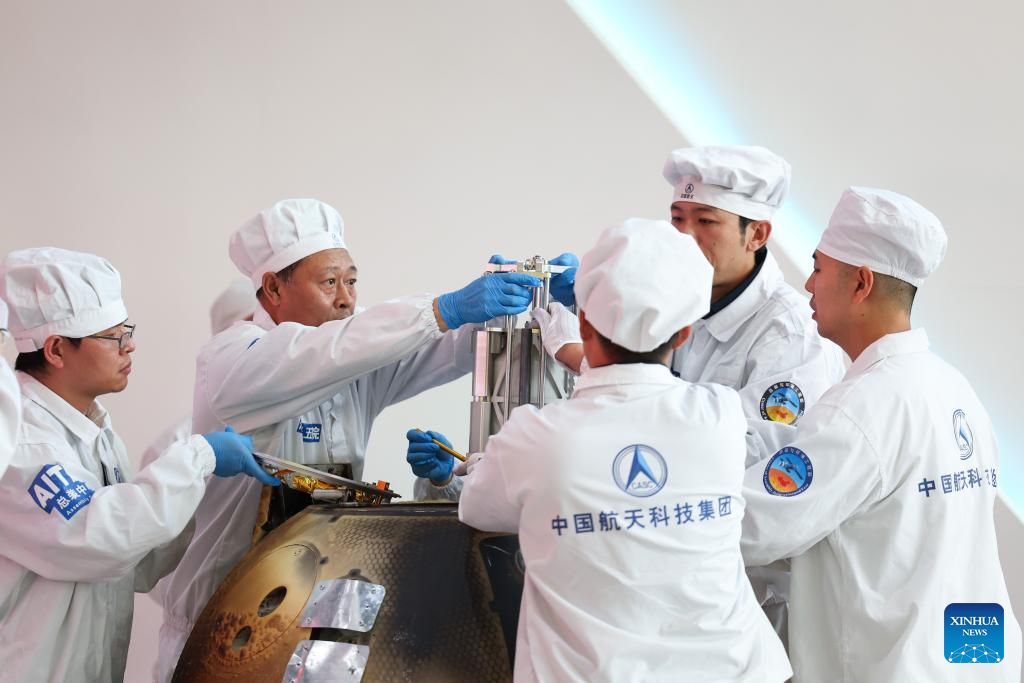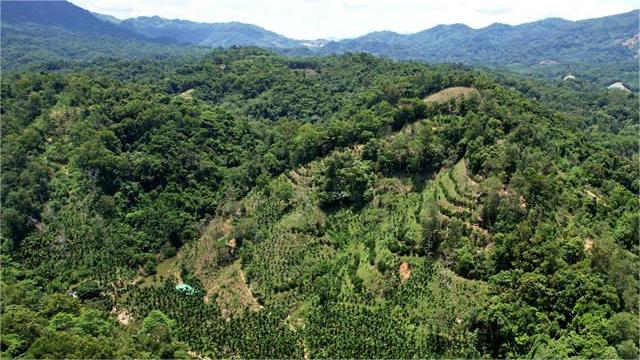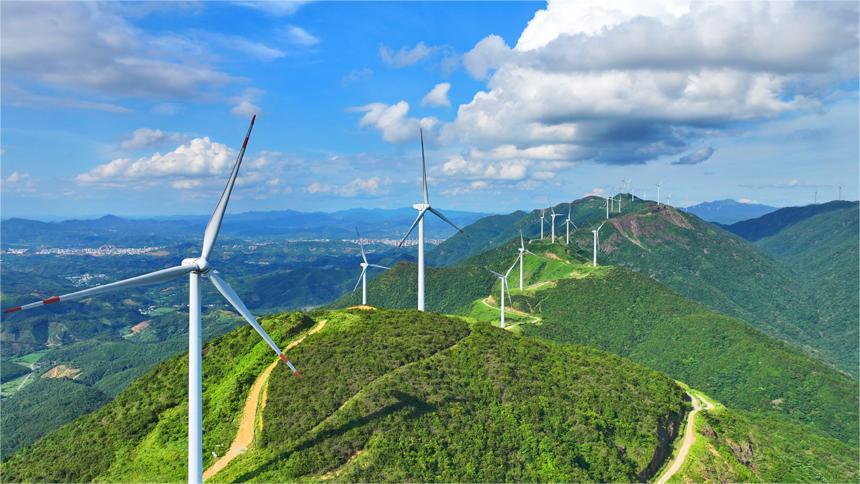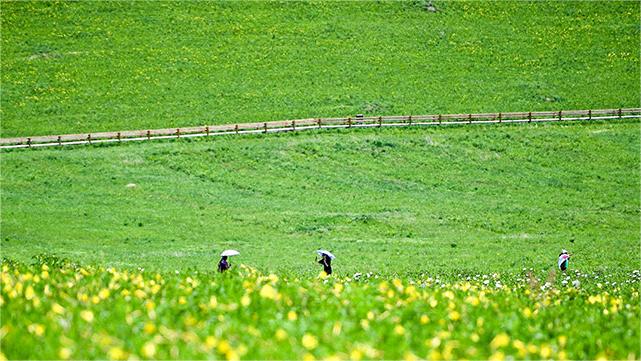China's space body reveals the weight of samples collected from moon's far side

The returner of the Chang'e 6 lunar probe is opened during a ceremony at the China Academy of Space Technology under the China Aerospace Science and Technology Corporation in Beijing, June 26, 2024. The returner of the Chang'e 6 lunar probe was opened at a ceremony in Beijing on Wednesday afternoon. (Photo/Xinhua)
A total of 1,935.3 grams of lunar samples were retrieved by China's Chang'e 6 robotic probe from the moon's far side, the China National Space Administration announced on Friday morning, as the space authority handed over the scientifically invaluable substances to scientists.
The weight of the samples, the most asked question by science and space enthusiasts over the past two days, was revealed by the space administration at a handover ceremony at its Beijing headquarters.
Put in a special container, the lunar dust was handed over by Zhang Kejian, head of the space administration, to Ding Chibiao, vice-president of the Chinese Academy of Sciences, at the ceremony.
After the delivery, the samples will be transported to a lunar sample laboratory in Beijing, where the precious substances will be stored and initially processed, according to the space administration.
The samples, the first materials recovered from the lunar far side, have unique scientific value and will further expand humans' knowledge about the moon's history and help to gear up the exploration and exploitation of lunar resources, the administration said, noting they are "shared treasure" of humanity.
The Chang'e 6 mission, representing the world's first attempt to bring samples from the far side of the moon back to Earth, was launched by a Long March 5 heavy-lift carrier rocket on May 3 from the Wenchang Space Launch Center in Hainan province.
The 8.35-ton spacecraft consisted of four components — an orbiter, a lander, an ascender, and a reentry capsule.
After a host of complex, challenging steps, the lander touched down at the South Pole-Aitken Basin, one of the largest known impact craters in the solar system, on the morning of June 2.
The landing marked the second time a spacecraft had ever arrived in the lunar far side.
The vast region had never been reached by any spacecraft until January 2019, when the Chang'e 4 probe landed in the South Pole-Aitken Basin. The Chang'e 4 surveyed areas surrounding its landing site but did not collect and send back samples.
The Chang'e 6 lander worked for 49 hours on the lunar far side, using a mechanical arm and a drill to collect surface and underground materials. Meanwhile, several scientific apparatuses were activated to conduct survey and analysis assignments.
After the tasks were completed, the sample-loaded ascender lifted off from the lunar surface and reached lunar orbit to dock with the reentry capsule to transfer the samples.
In the final leg of the mission, the orbiter and the reentry capsule flew back to Earth orbit before separating above Earth's atmosphere.
The reentry capsule successfully touched down on its preset landing site in the Inner Mongolia autonomous region on Tuesday.
Photos
Related Stories
- About China's lunar mission: Timeline of Chang'e-6 mission
- Xi hails success of lunar mission
- China's Chang'e-6 collects 1,935.3 grams of samples from moon's far side
- Chinese scientists anticipate Chang'e-6 samples to unravel mysteries of Moon
- Returner of Chang'e-6 lunar probe opened after arrival in Beijing
- Weight of samples retrieved by Chang'e-6 to be revealed on Friday
Copyright © 2024 People's Daily Online. All Rights Reserved.









